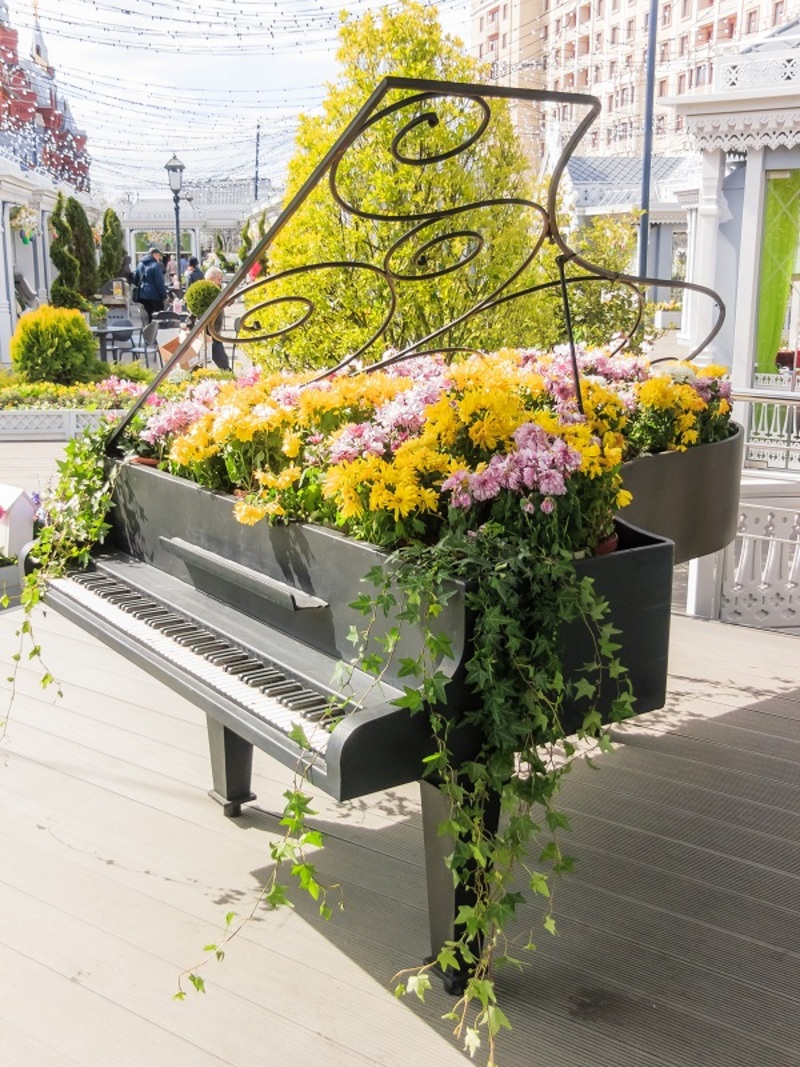The History of Flower Language in Popular Culture
Posted on 21/02/2024
The history of flower language, or the language of flowers, dates back centuries to a time when floral arrangements were used for communication. Today, flower language is still prevalent in many cultures, particularly in popular culture. From literature to film to television and beyond, people have been fascinated by this unique form of expression for hundreds of years. In this article, we will explore the history of flower language in popular culture and examine how these blooms influenced some of the most beloved works throughout history.
Flowers held special meanings
It is believed that the flower language originated in Turkey and Persia during the early 1800s, although it may have existed as far back as ancient Greece and Rome. During this period, courtships and social affairs were largely conducted through sending flowers. Flowers held special meanings depending on who they were sent to and their accompanying message. People began to assign certain characteristics to each type of flower in order to more accurately convey their feelings. This practice quickly spread across Europe and eventually to the United States.

The role of flower language
In popular culture, flower language has played an important role in many classic works of literature such as "Romeo and Juliet," "Pride and Prejudice," and "Wuthering Heights." In Shakespeare's "Romeo and Juliet," Juliet says goodbye to Romeo with a bouquet that includes violets, representing faithfulness and virtue; lilies, which are often associated with purity; and roses symbolizing love. By 1850, the famed Victorian botanist Ellen Picken legitimized these visual messages with her book "Language of Flowers," which listed and explained the different meanings attributed to certain flowers. Her book was wildly popular at the time and was even referenced by Charles Dickens in his novel "Great Expectations."

Artists and language of flowers
Flower language also trickled into artwork during this period. Monet's famous garden paintings featured bouquets with hidden meanings that he hoped viewers would interpret on their own. For example, red poppies signified pleasure while orange lilies represented hatred - a message Monet wanted to convey about his turbulent relationship with fellow artist Paul Cézanne. Many other prominent artists throughout history have used flowers in similar ways to express subtle emotions within their works.
Today, flower language remains just as powerful in modern pop culture as it was centuries ago. Many contemporary authors have used its symbols as a way to communicate something about their characters or story arcs without having to explicitly state it. For example, a bouquet of daisies presented by a character could represent innocence or a single rose could suggest romantic attraction between two people without them having to say anything directly.
Flower language can also be seen in various TV shows and movies like "Gone with the Wind" and Disney's classic "Beauty and the Beast." In both films, romantic sentiments are expressed through flower symbolism without ever saying "I love you" out loud - the famous red rose that appears throughout "Beauty and the Beast" is the main example here. Additionally, musicals tend to make frequent use of it since songs often feature lushly orchestrated numbers revolving around flowers. The song "June Is Bustin' Out All Over" from Rodgers & Hammerstein's "Carousel" is a perfect example here (If June is bustin' out all over then/Love must be bloomin' all over too). Of course, outside of literature and entertainment, people are still expressing themselves through flowers in everyday life - just take one look at any given wedding ceremony!
In popular culture
To conclude, flower language has been an integral part of popular culture for hundreds of years due to its ability to convey feelings without needing actual words. While there are no hard rules dictating which particular bloom stands for what emotion anymore - many developing variations exist today - its power as a communicative tool remains undiminished over time thanks to masterful works that continue drawing attention towards it today.










